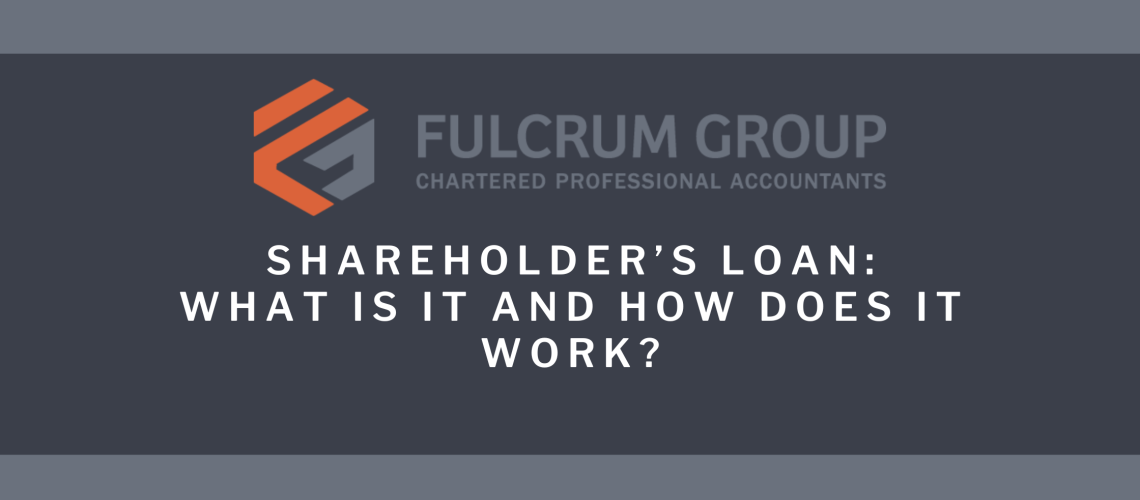As a shareholder of your corporation, your shareholder’s loan is an important account that indicates how much the company owes to you or how much you owe to the company. It is important to know how the shareholder’s loan works and how it can affect your personal taxes. You should ensure that you are aware of what transactions impact your shareholder’s loan balance and where the balance is at the end of every year.
How it Works
Cash Withdrawal
When an owner takes cash out of the company, it is considered to be an owner withdrawal and is money that is owed back to the company if not repaid. If, as a shareholder, you use company funds to make a personal purchase, the purchase price is considered a withdrawal of company funds for personal use and is also owed back to the company.
Cash Contribution
Sometimes the company will not have enough cash to operate. If this is the case, the shareholder may lend money to the company. These amounts are owed back to the shareholder and can be repaid at any time. There are no personal tax consequences to repaying them. The contributions can also offset any personal withdrawals of company funds. If, as a shareholder, you were to contribute or sell equipment to the company without receiving any reimbursement directly, it would also be considered a contribution.
Shareholder Balance
If at the end of your fiscal year, your shareholder’s loan is overdrawn, the overdrawn amount must be repaid by the end of the following year. If you intend to repay the overdrawn amount by the end of the following year, no additional steps may be necessary. Alternatively, if you choose not to or are unable to repay the overdrawn amount, a dividend can be issued to clear up the shareholder’s loan balance. These dividends are reported on a T5 slip and are included as taxable income on your personal tax return in the year they are declared.
If the overdrawn shareholder’s loan is not repaid by the end of the following year and dividends are not recorded, CRA could consider this to be personal income and require an adjustment to your personal tax return for the year in which the amount became overdrawn. If, in later years, you repay any portion of the overdrawn amount, you can record a deduction equal to the amount repaid to offset your income in that year. This scenario can often result in significant tax in the year of income inclusion and include additional interest and penalties, so it is best to avoid this scenario if possible.
Something to be aware of is that you cannot repay an overdrawn shareholder’s loan at your year-end date and then take the money back out the following day. CRA will consider this to not be repaid and taxation can still occur. For example, if you have a December 31st year-end and repay the overdrawn amount on December 31st but then take it back out again on January 1st, CRA will likely consider it to not have been repaid.
If you feel like you may be running into a shareholder’s loan issue, or would like to learn more about how it works, please contact us to discuss how it may impact you.



